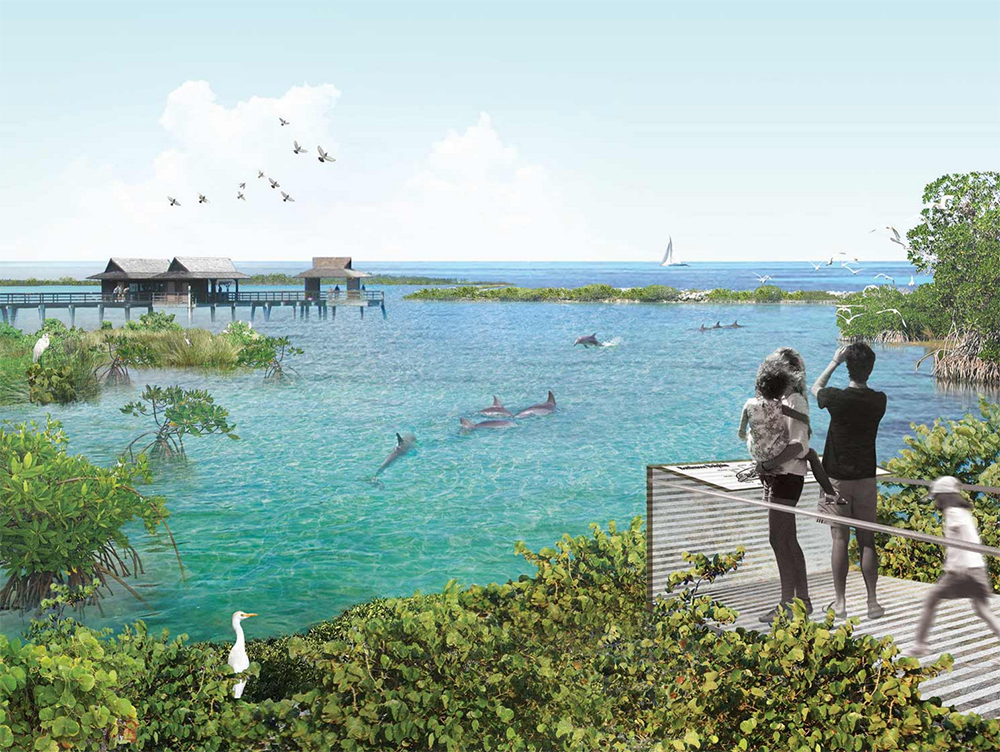
Two years ago, we let you know that the National Aquarium began talks to remove its dolphins and place them in the nation’s first-ever seaside dolphin sanctuary.
This week, the aquarium and its board of directors elected to officially build that new reservation for its Atlantic bottlenose dolphins, and said the transition is expected to be complete by the end of 2020.
“We now know more about dolphins and their care, and we believe that the National Aquarium is uniquely positioned to use that knowledge to implement positive change,” says aquarium CEO John Racanelli. “This is the right time to move forward with the dolphin sanctuary.”
This announcement comes after a five-year debate among aquarium officials (and after the end of the popular dolphin show in 2012) on how to best deal with the animals. A site selection team is looking into locations in Florida and the Caribbean and following a specific set of requirements. For example, the new site needs to have natural sea water, be in a tropical or sub-tropical climate, and have the ability to provide lifetime human customized care for each dolphin.
“This is a special time in history concerning evolving attitudes about treating all forms of life with dignity and respect—other humans very much included,” says marine biologist Sylvia Earle. “The idea of providing sanctuaries for elephants, chimpanzees, big cats—and now dolphins—is a sign of a maturing ethic of caring unthinkable in past millennia, centuries, and even decades.”
Aquarium officials are still interested in keeping visitors to its Baltimore location connected with the off-site dolphins in the sanctuary—whether through Skype technology or other means—but they are still exploring those options. Currently, the aquarium is seeking philanthropic investments to fund the creation of the dolphin sanctuary.
“Our audience has evolved,” says Racanelli. “Baby boomers grew up on Flipper, but millennials grew up on Free Willy and The Cove. They are interested in these animals being treated more humanely. Anyone who is still keeping dolphins and whales is paying attention to these trends.”
